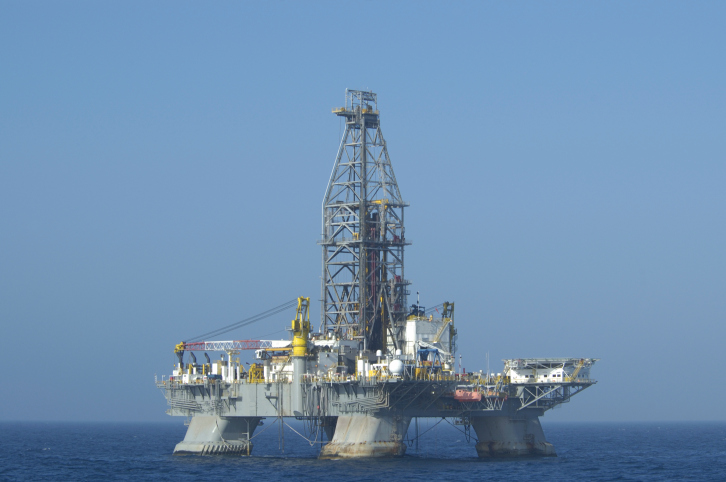Energy
Chevron Gulf of Mexico Platform Delayed by Sinking Connectors
Published:
Last Updated:

The tendons are steel tubes that attach the platform to the seabed and, until they are connected, are held in place by buoys. Chevron said only that the tendons lost buoyancy and that the platform was not connected to any subsea wells or legs at the time. There were no injuries and no oil was released into the Gulf.
Big Foot was scheduled to go online later this year, but the project has now been delayed indefinitely, according to a report in the Financial Times. When fully operational, the platform is expected to produce about 75,000 barrels of oil and 25 million cubic feet of natural gas per day.
The Big Foot project was green-lighted in 2010 and the company said it expected the project to cost $4 billion. The project was a year behind the original schedule before the weekend’s problems occurred. Potentially recoverable oil-equivalent resources for the field have been estimated to exceed 200 million barrels.
Chevron produced a total of 2.57 million oil-equivalent barrels in 2014 and is counting on the Big Foot project to help it reach its production goal of 3.1 million barrels a day in 2017.
ALSO READ: RBC’s 5 Top Driller and Oilfield Services Stocks to Buy
Retirement planning doesn’t have to feel overwhelming. The key is finding expert guidance—and SmartAsset’s simple quiz makes it easier than ever for you to connect with a vetted financial advisor.
Here’s how it works:
Why wait? Start building the retirement you’ve always dreamed of. Click here to get started today!
Thank you for reading! Have some feedback for us?
Contact the 24/7 Wall St. editorial team.